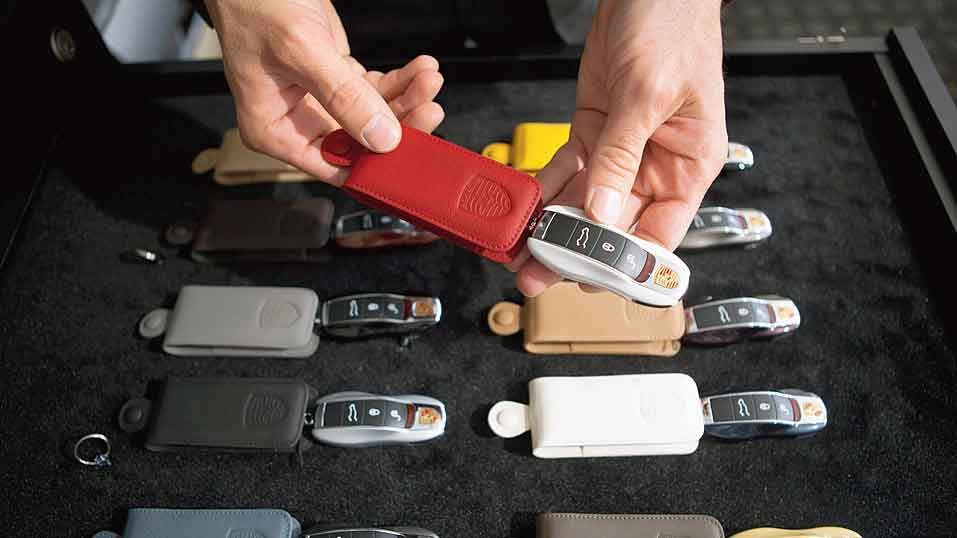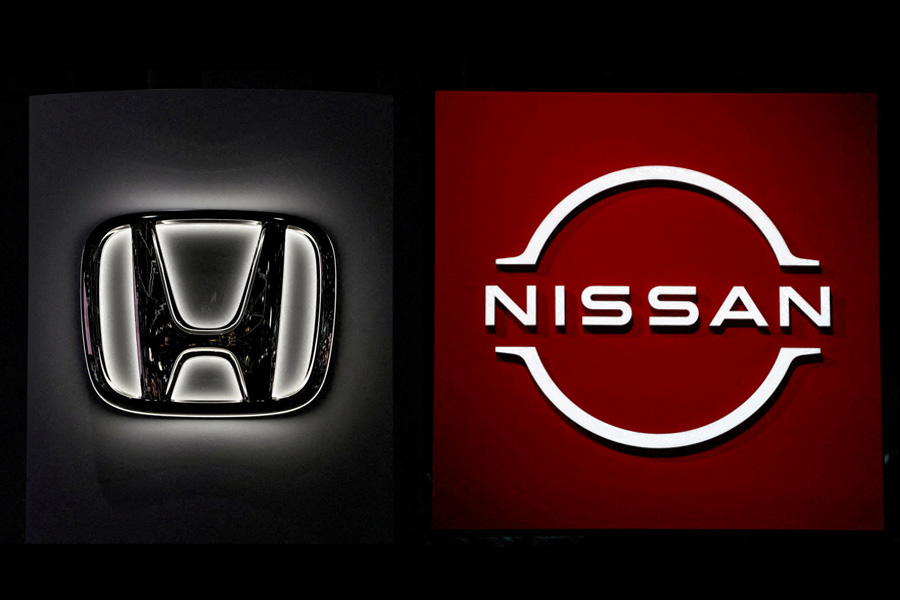Call them what you want: digital keys the shape of a credit card, keyless start pods, keyless push-button start devices, intelligent keys or “smartphone” keys. They’re the way we open and start cars now — and more — and it’s unlikely the primitive keys of the past are coming back.
At an upstate New York gathering of the International Motor Press Association before the pandemic, members spent a day tooling about roads near Bear Mountain in lots of new cars. I took turns in an Alfa Romeo, two BMWs, a Volvo, two Volkswagens, a Lexus, an Acura … and I forget the others. Not once did I touch an ignition key.
The shift from cranks and solenoids and bits of small metal to remote, wireless contraptions isn’t only about science and technology. There are elements of convenience, design, ecology and fashion. But mostly it’s about science and technology.
Sometimes, however, one might wish for a real key; the alternatives are not bulletproof. Tesla drivers recently punched up the smartphone app they use to unlock and start their cars. The app was not responding, as a server had gone down. The Tesla key “card” would work — Tesla’s version of a fob — but drivers who depended on their phones were stuck. The problem was sorted out fairly quickly, and Elon Musk, the company’s CEO, tweeted apologies.
“It was Chrysler in 1949 that introduced the key that operated the combined ignition and starter switch,” said Brandt Rosenbusch, manager of historical services for the former Fiat Chrysler Automobiles (now called Stellantis). “Prior to this,” he added, “cars were started by turning a key to power the ignition, and drivers then pushed a starter button either on the floor or instrument panel.”
Many years ago, after I was newly licensed, I’d regularly ask Dad, “Can I have the keys?” That meant just one thing: Can I take the car? Usually he’d toss them over — one key for the ignition, one for the doors of the Oldsmobile. Do teenagers today ask, “Dad, can I have the fob?”
It took decades for the fob — believed to be related to the German “fuppe”, meaning “pocket” — to acquire remote capabilities and send coded radio signals to a receiver in the vehicle. Often the first “fob function” was allowing drivers to lock and unlock the doors. Advancements in technology granted it the ability to open the trunk, activate an alarm system and eventually develop “smarts”: simply carry it into the cockpit and push the “start” button on or near the dash. The new technologies also help to foil the best efforts of the gone-in-60-seconds bandits.
Several vehicle-operating functions have already been outsourced to smartphones. For example, an app for some BMWs can remotely start the auto; it will run for 15 minutes, heating or cooling the cabin, before shutting off. But some type of hardware — a wireless fob, round or square, with tiny buttons to open and close doors, hatches, windows and sunroofs, and perhaps a “panic” function to set off the car’s alarm system — will most likely remain until mobile devices “eliminate the need for a physical piece of hardware altogether,” said Todd Parker, director of global design for General Motors.
The march of key fob progress is assuredly unstoppable, and the ultimate recipient — the car buyer — is in its crosshairs. At the Volvo of Queens dealership in New York, Peter Fearon, a salesperson, said the migration from metal key to electronic controller was a fait accompli. “Everything in the car is computer-controlled,” he said. “Everybody’s happy.”
Not everybody, said John Albanese, who works at Bayside Volkswagen next door to Volvo. “Usually, older people, they don’t like the push button to start the car,” he said. “They think it’ll somehow fail. A young person just wants to talk to the car. ‘Start the car; drive me home.’ It’s a totally different mindset.”
Albanese, who has been selling automobiles of assorted brands for 43 years, also suggests that modern fob devices complicate the delivery process. “We explain the functions, but half the time, what we tell customers goes in one ear and out the other,” he said.
There’s also the question of replacing a lost modern fob. Figure more than $200, Albanese warns, “and then each key has to be programmed, because each car is different.”
Whatever. Parker of GM believes that the modern key “is enabling us to completely redefine the vehicle ownership experience.”
NYTNS











